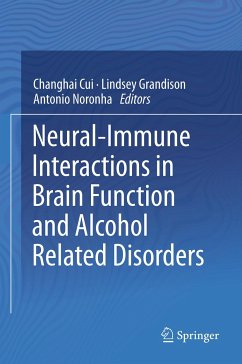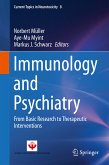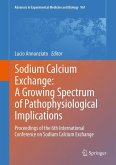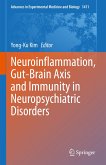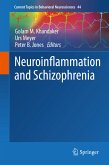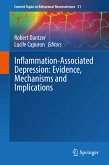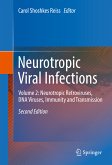Rapid advances in understanding neural-immune interactions have far reaching impact on research in many areas of neuroscience. It is becoming increasingly clear that neuroimmune factors modulate a wide range of brain functions and play an important role in development, normal brain function, and CNS dysfunctions, including neurodegenerative diseases, neuropsychiatric disorders and addiction. "Neural-Immune Interaction in Brain Function and Alcohol Related Disorders" integrates emerging knowledge on neural-immune interactions with related key discoveries in alcohol research to provide a comprehensive overview of neuroimmune system in brain function and behavior associated with alcohol use disorders. Readers will benefit from cutting edge insights provided by outstanding, active researchers in the fields of neuroimmune research and alcohol use disorders.
Dieser Download kann aus rechtlichen Gründen nur mit Rechnungsadresse in A, B, BG, CY, CZ, D, DK, EW, E, FIN, F, GR, HR, H, IRL, I, LT, L, LR, M, NL, PL, P, R, S, SLO, SK ausgeliefert werden.

